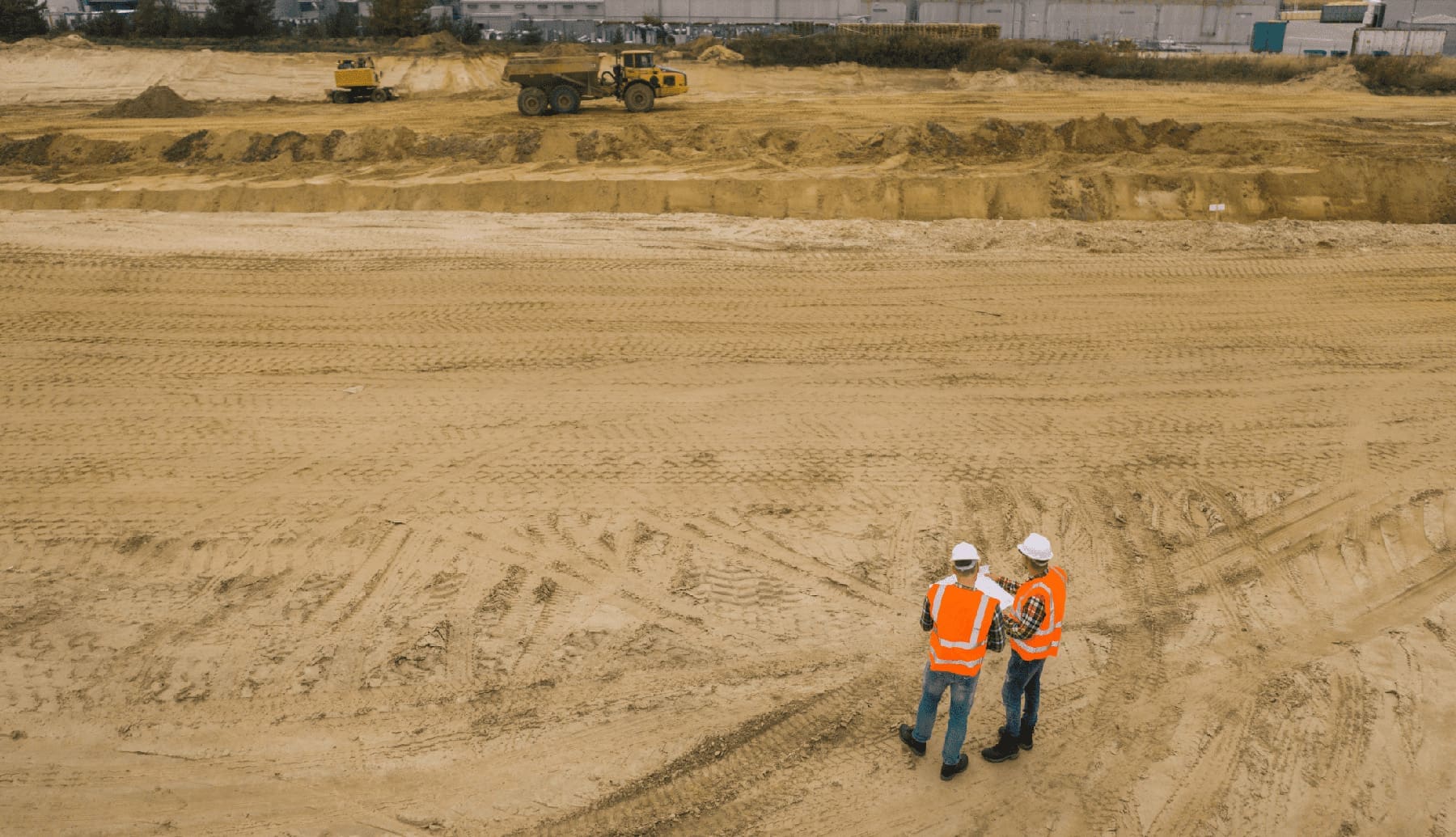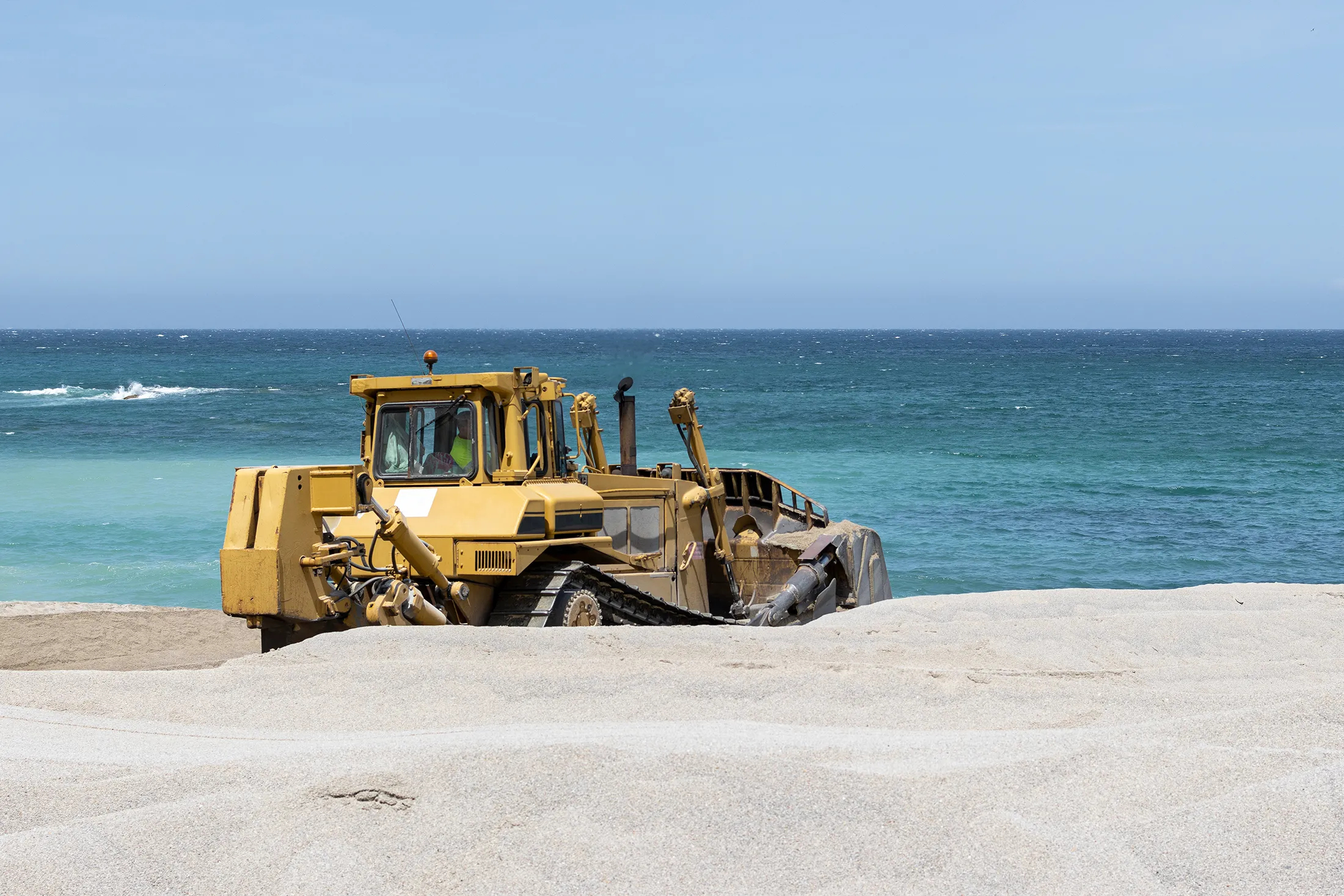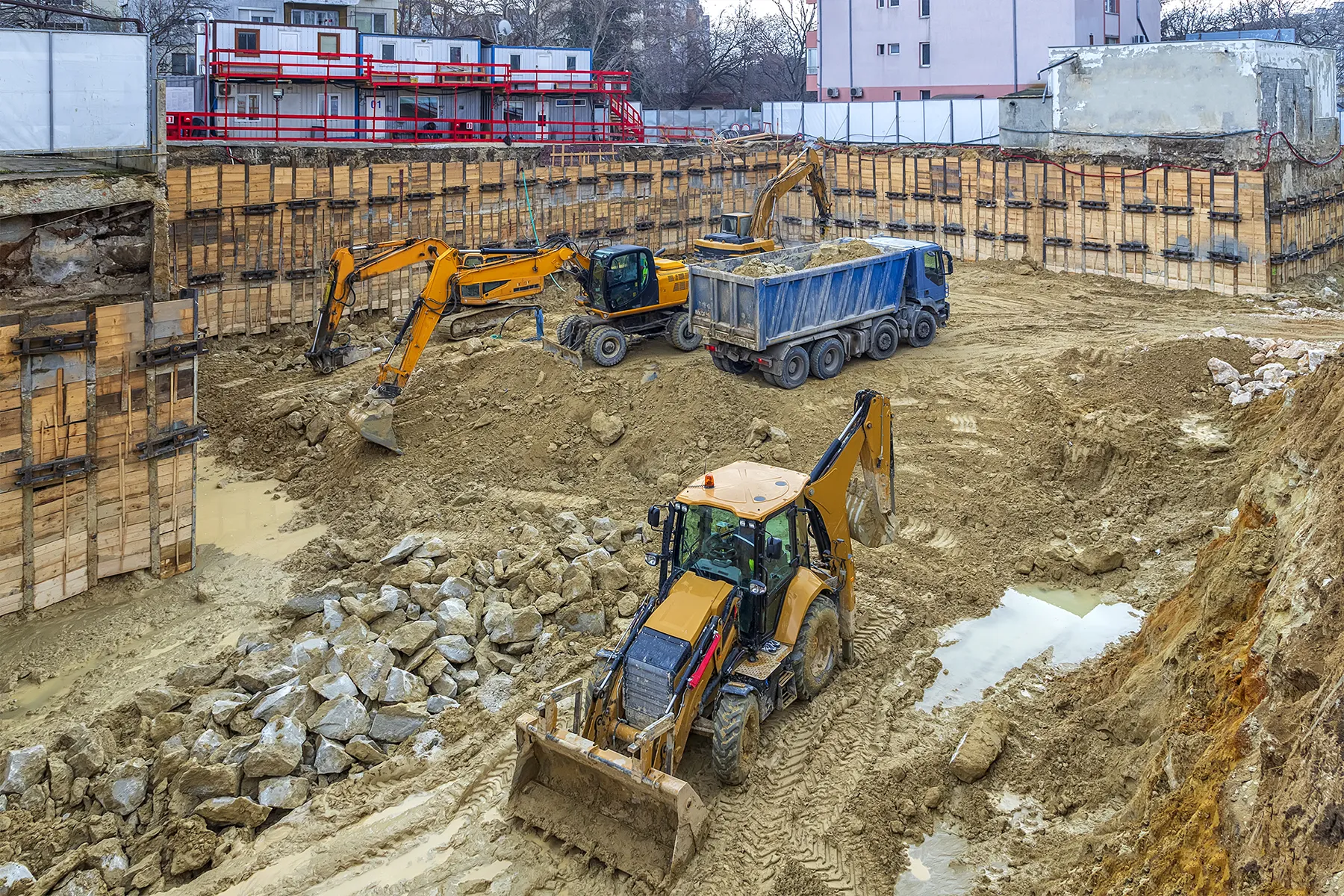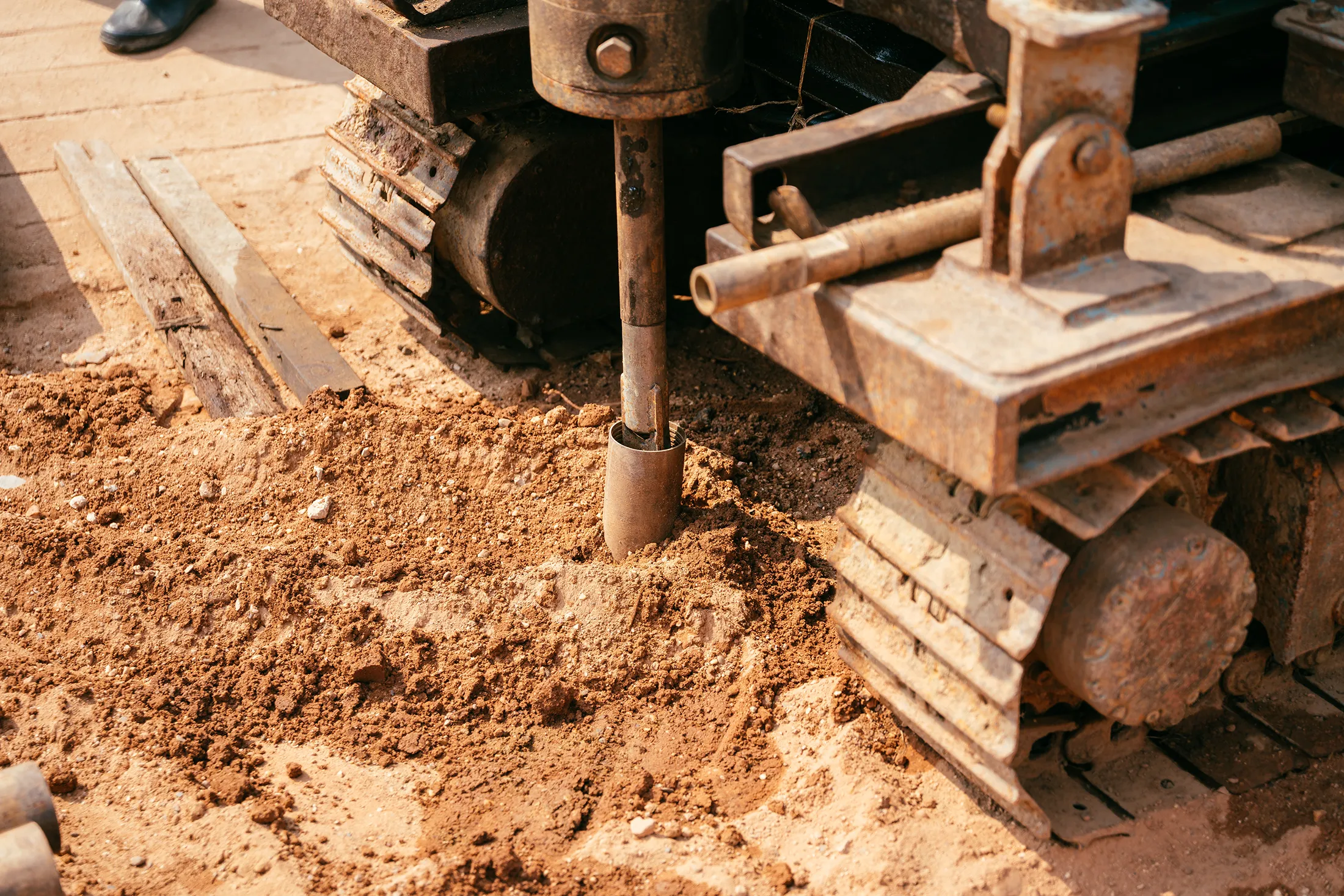
Role of Ground Improvement in Disaster-Resilient Infrastructure
Natural disasters like earthquakes, floods, and hurricanes test the resilience of infrastructure in ways we often underestimate. While the visible damage grabs our attention, the underlying is frequently the hidden weak point. Ground improvement techniques tackle these vulnerabilities head-on by reinforcing the soil and providing the stability needed to withstand nature’s extremes. Engineers address these geotechnical challenges at their core to ensure infrastructure is built for the long haul.
The Geotechnical Hurdles of Natural Disasters
When disaster strikes, soil stability becomes a critical issue and often leads to structural failure. Effectively managing these risks requires technical solutions that are tailored to meet specific threats.
1. Earthquake-Induced Liquefaction
During an earthquake, loose, water-saturated soils can lose their strength which is a phenomenon called liquefaction. Essentially, the ground starts behaving like a liquid, and this destabilizes foundations and causes structures to tilt or even collapse.
How to Mitigate Liquefaction:
- Dynamic Compaction: Heavyweights from significant heights are dropped to compact loose soil which reduces voids and improves resistance to pore water pressure.
- Stone Columns: Engineers install vertical reinforcements to improve drainage while strengthening the soil so that they can dissipate excess water pressure during seismic events.
- Cement Deep Soil Mixing (CDSM): This method creates a solid foundation by mixing soil with cement binders and ensures it is less likely to liquefy under stress.
Engineers evaluate soil conditions with tests like Shear Wave Velocity Testing, which measures soil stiffness, and Cone Penetration Testing (CPT) to assess resistance and pore water pressure. These tests guide decisions and ensure the chosen method is effective.
2. Flood-Induced Instability
Flooding saturates soil and weakens its cohesion which makes it prone to erosion and uneven settlement over time.
Solutions for Flood-Prone Areas:
- Permeation Grouting: is when the soil is strengthened by injecting grout into permeable layers to bind particles together and reduce water infiltration.
- Vertical Drains and Preloading: These methods work together as vertical drains accelerate water removal, and preloading consolidates the soil to minimize post-construction settlement.
- Erosion Control with Geotextiles: Engineers deploy geosynthetic materials as protective barriers that prevent soil erosion during heavy water flow.
- Hydrological modeling to predict how water moves through an area during a flood and identify where risks are highest. This allows engineers to strategically position drainage systems and erosion barriers to improve resilience.
3. Hurricanes and Wind-Driven Erosion
Hurricanes combine intense winds, heavy rain, and storm surges, which lead to soil erosion and foundation instability, especially in coastal areas.
Protective Measures:
- Dynamic Compaction: Engineers increase soil density to make it less susceptible to erosion and storm surge impacts.
- Wave Barriers and Reinforced Soil: These structures shield coastal areas from wave damage and stabilize the nearby soil.
- Capillary Break Layers: Engineers add a gravel layer beneath the soil to prevent water from wicking upward, which reduces saturation and erosion risks.
Engineers monitor coastal changes and identify erosion-prone areas using tools like satellite imagery and LIDAR. These insights help prioritize interventions and guide preventive measures.
Spotlight on Dynamic Compaction
Dynamic compaction is both versatile and cost-effective and engineers often use it to address a variety of geotechnical challenges. They drop heavy weights onto the ground to compress the soil which eliminates voids and improves stability.
Key Benefits:
- Stronger Foundations: Engineers ensure compacted soil can support higher loads and minimize settlement risks.
- Increased Stability: Enhanced shear strength helps resist shifting or sliding during seismic events.
- Cost Efficiency: Compared to other methods, dynamic compaction is often more affordable for large-scale projects.
Engineers conduct pre-implementation studies to determine optimal drop heights and weights, followed by post-compaction testing to verify results.
Future Innovations in Ground Improvement
New technologies are reshaping how engineers approach ground improvement, with a focus on precision and sustainability.
- AI-Powered Modeling: Engineers use machine learning to predict how soil will respond to disasters and design more effective solutions.
- Wireless Sensors: Sensors embedded in the ground provide real-time data about soil conditions so engineers can make adjustments during construction.
- Bioengineered Solutions: Eco-friendly techniques like microbial-induced calcite precipitation bind soil particles together to reduce environmental impact.
- Digital Twin Technology: Engineers create virtual infrastructure models that simulate disaster scenarios and help refine designs before construction begins.
Building Resilience from the Ground Up
The stability of any structure begins with the soil beneath it, so engineers must address site-specific challenges with precision. Techniques like dynamic compaction, permeation grouting, and advanced testing equip them with the tools needed to build infrastructure that lasts. At Densification, we combine decades of experience with the latest technologies to deliver tailored ground improvement solutions.
Contact us today, and let’s build something resilient together.











